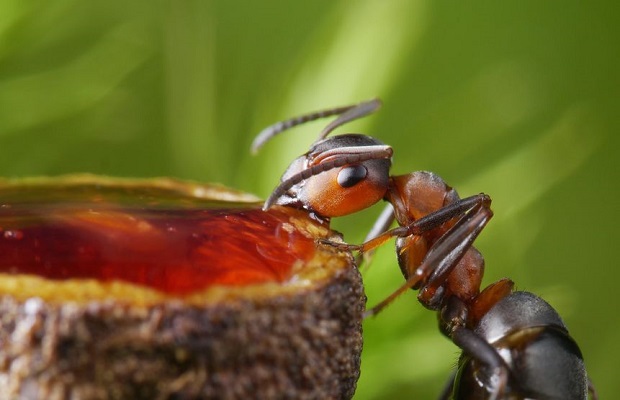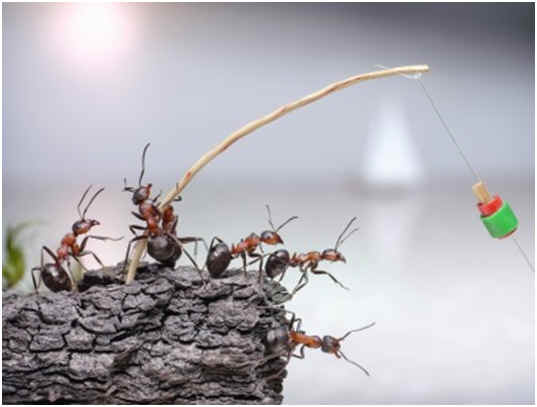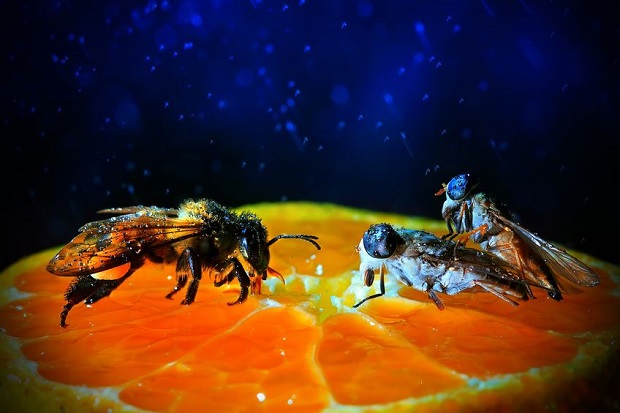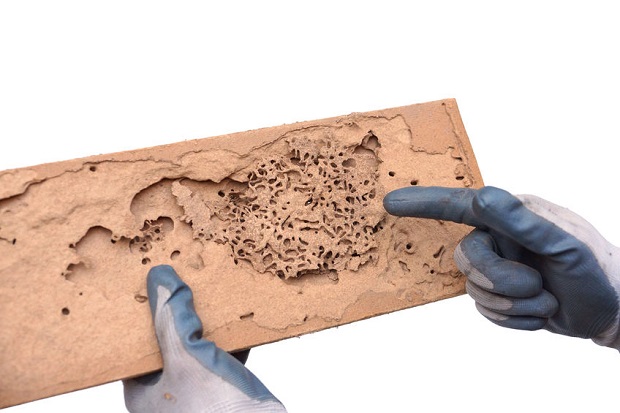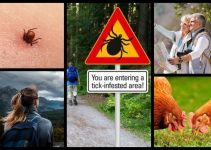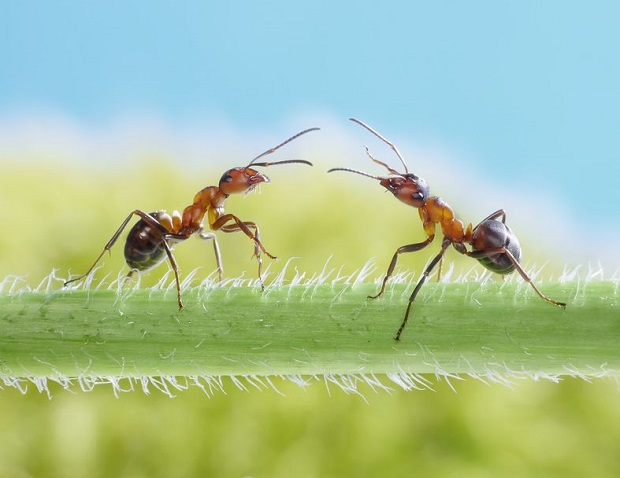
The ant colony is divided into three castes: queens, males, and workers. The queen and the males are responsible for reproduction. The workers are sterile females and do not reproduce or participate in egg-laying.
New Colonies Started Through Nuptial Flight
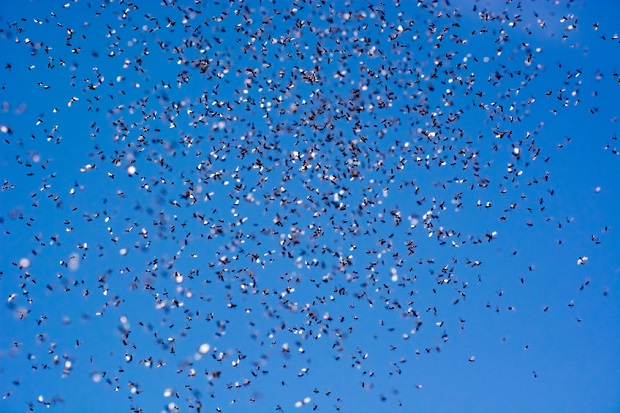
The queen will lay worker eggs until the mating season when she will begin to lay winged males and winged fertile females (alates), who will become queens once they have mated. When the males and queens hatch, they are known as swarmers and will fly away from the nest to mate in a ritual called a nuptial flight. ((Alder, Patricia, Michael Waldvogel, and North Carolina Cooperative Extension Entomology. “Household Ants – ENT/rsc-36.”)) The nuptial flight usually occurs during high humidity following rain when the temperatures have reached 70°-95°Fahrenheit. The alates will fly hundreds of feet in the air and mate in flight. ((Extension.org – Ant Pests – “Fire Ant Morphology, Reproduction, and Development.” ))
The male will die soon after mating. The new queen will find a safe location to lay her eggs. As the sole colony member at this point, she will care for the eggs by herself through the larval and pupal stages. Once this first set of offspring is grown, the queen can focus on egg-laying, her workers will care for the new eggs, and a new colony is established. ((Alder, Patricia, Michael Waldvogel, and North Carolina Cooperative Extension Entomology. “Household Ants – ENT/rsc-36.”))
Fertilized versus Unfertilized Eggs
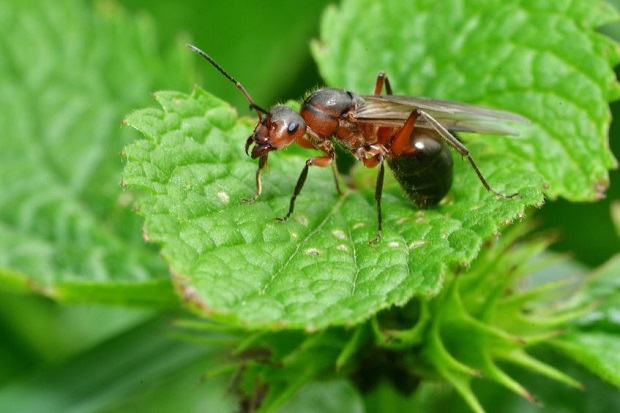
The queen has the capacity to lay both fertilized and unfertilized eggs. She needs to mate just once to lay eggs for the rest of her life. The queen ant’s reproductive tract is equipped with a spermatheca where she can store the male sperm until needed. Fertilized eggs develop into sterile females that become workers or winged alates that become queens. Unfertilized eggs develop into winged males. ((Dolezal, “General Dissection of Female Ant Reproductive System and Brain”))
New Colonies Started Through Budding
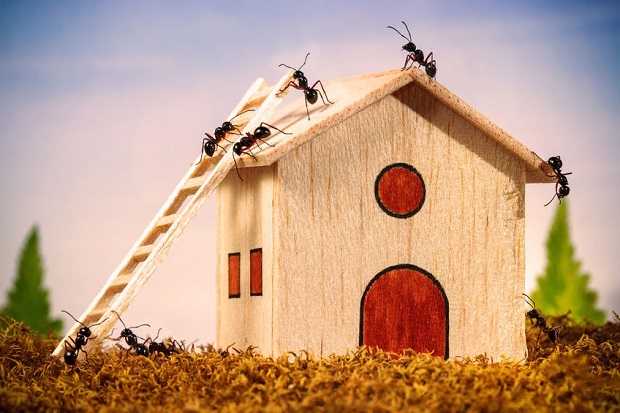
Some ant species do not leave the nest when it is time to mate, such as the Argentine ant, the pharaoh ant, and the odorous house ant. These ants start new colonies by budding, gathering up a few queens and workers, and moving to another location. These ant groups are like gypsies moving from location to location when conditions are not favorable. ((Alder, Patricia, Michael Waldvogel, and North Carolina Cooperative Extension Entomology. “Household Ants – ENT/rsc-36.”))
Resources
Extension.org – Ant Pests – “Fire Ant Morphology, Reproduction, and Development.”
Dolezal, Adam. “General Dissection of Female Ant Reproductive System and Brain.” Cold Spring Harbor Protocal (2009) Print.
University of Arizona – “Ant Information.”
Alder, Patricia, Michael Waldvogel, and North Carolina Cooperative Extension Entomology. “Household Ants – ENT/rsc-36.”
